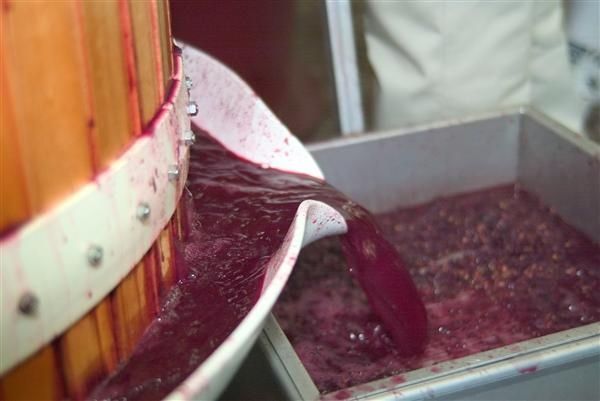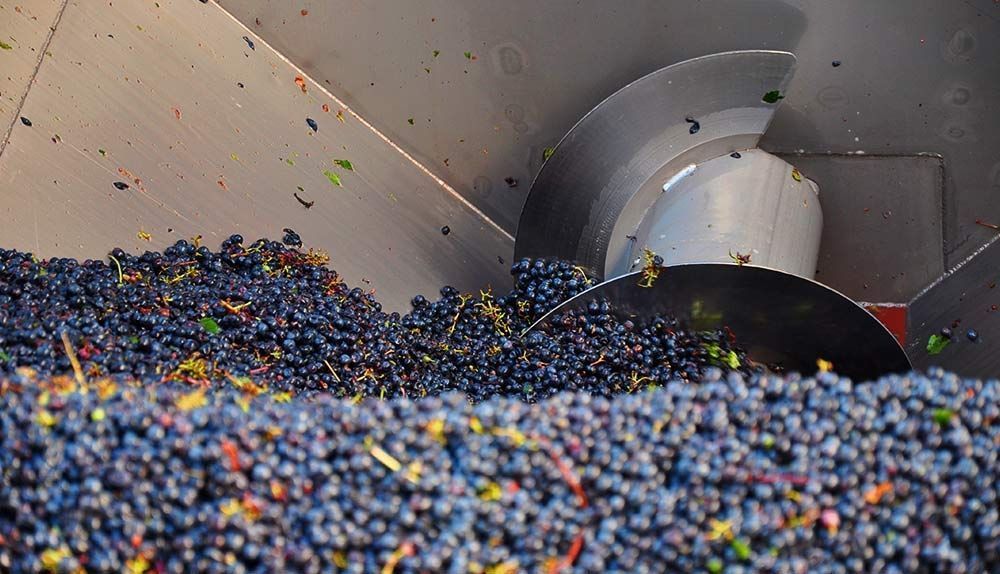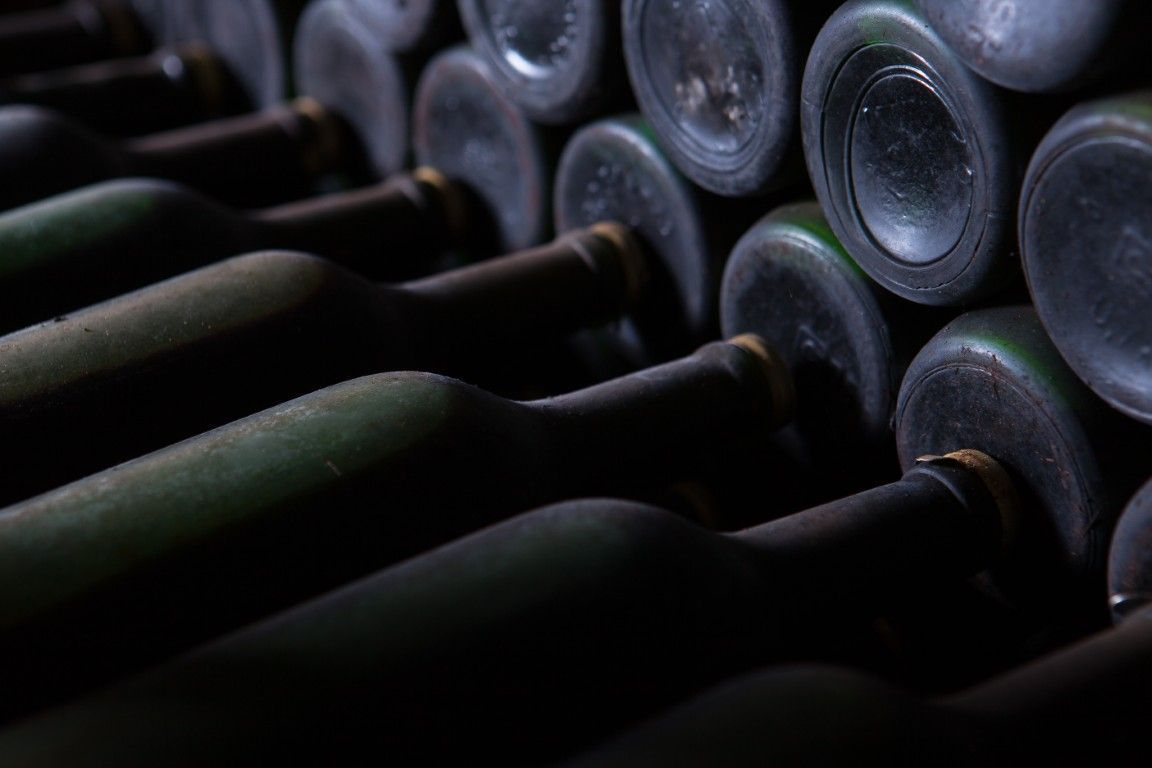Winemaking and must production are deeply rooted traditions in viticulture, but many people are unclear about the differences between these two products. Although both come from grapes, their characteristics and production processes make them unique. In this article, we will explore what must is, what wine is, and the key differences between them to answer all your questions.
Definition and Characteristics of Must
Must is the base of many beverages and an essential ingredient in winemaking. However, it can also be enjoyed as an independent beverage, especially for its sweet flavor and non-alcoholic nature (in most cases).
What is Must?
Grape must is the fresh juice obtained by pressing grapes. This liquid contains sugars, acids, and aromatic compounds that determine the final product’s character, whether it’s wine or a non-alcoholic beverage. Its sweet taste is due to the high content of natural sugars present in the grapes.
Must Extraction Process
The process of obtaining must is simple but essential for ensuring its quality:
- Pressing: The grapes are pressed to release the juice, known as must.
- Filtering: Suspended solids like skins and seeds are removed.
- Storage: If not fermented immediately, the must must be stored properly to avoid oxidation.
Types of Must by Production Method
There are different types of must, classified according to their treatment:
- Fresh must: Recently extracted juice, without fermentation or special preservation.
- Concentrated must: Some water is evaporated to obtain a denser, sweeter product.
- Pasteurized must: Heat-treated to eliminate microorganisms and prolong shelf life.

Definition and Characteristics of Wine
Wine is one of the most sophisticated products derived from grapes. Its production includes complex processes that transform must into a beverage with its own personality.
What is Wine?
Wine is the result of must fermentation. During this process, natural or added yeasts convert the sugars in the must into alcohol, creating a beverage that can be dry, sweet, or sparkling, depending on the production method.
Wine Production Process
Winemaking involves several key stages:
- Fermentation: The must ferments in tanks at a controlled temperature to convert sugar into alcohol.
- Aging: Some wines are aged in oak barrels or tanks to develop more complex flavors.
- Clarification and Filtering: The wine undergoes processes to remove sediments and improve clarity.
- Bottling: The final product is bottled using high-quality synthetic stoppers, like those from Excellent Cork, to ensure preservation of its characteristics.
Wine Varieties and Classifications
Wine can be classified according to several criteria:
- By color: Red, white, and rosé.
- By sugar content: Dry, semi-dry, sweet.
- By production method: Sparkling, fortified, still.
- By aging time: Young, crianza, reserve, grand reserve.

Key Differences Between Must and Wine
Although must and wine share the same origin, there are fundamental differences that distinguish them.
Alcohol Content: Does Must Contain Alcohol?
Fresh must does not contain alcohol, as it has not undergone fermentation. On the other hand, wine contains an alcohol content that varies between 8% and 15%, depending on its type and production method.
Additionally, while must retains a sweet flavor due to natural sugars, wine can have a dry or fruity profile, depending on the amount of residual sugar after fermentation.
Relationship Between Must and Grape Juice
Although must and grape juice may seem similar, there are significant differences between them, especially in their production process and usage.
Differences Between Must and Grape Juice
- Production process: Must is the direct result of grape pressing, while grape juice typically undergoes industrial processes, including pasteurization and the addition of preservatives.
- Final use: Must can be used to make wine or consumed directly. Grape juice is intended solely as a beverage.
- Flavor and texture: Must has a denser texture and a more intense flavor than processed grape juice.
Frequently Asked Questions About Must and Wine
Does Must Contain Alcohol?
Fresh must does not contain alcohol, but if left to ferment, it begins to produce small amounts of alcohol, transforming into wine.
How Does Must Transform Into Wine?
The transformation occurs through alcoholic fermentation, a process where yeasts convert the sugars in the must into alcohol and carbon dioxide.
What Types of Must Exist?
There are several types of must, including fresh, concentrated, and pasteurized. Each has specific uses in winemaking, food production, or direct consumption.
What is the Difference Between Must and Grape Juice?
Must is the juice obtained directly from grape pressing, while grape juice is a more processed product, generally intended for immediate consumption as a beverage.
Is Must Suitable for Children and People Who Avoid Alcohol?
Yes, fresh must, being alcohol-free, is suitable for children and people who prefer non-alcoholic beverages. Its sweet, natural flavor makes it a healthy and delicious alternative.
Must and wine are unique products that, although sharing the same origin, have different processes and uses. From fresh juice to fermented beverage, each step in their production highlights the richness of winemaking tradition. If you’re considering bottling your own wine, remember that Excellent Cork offers wine stoppers designed to preserve the quality of your product, ensuring every bottle is an unforgettable experience.





